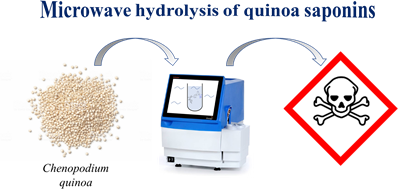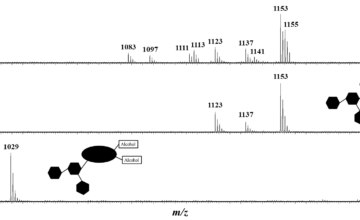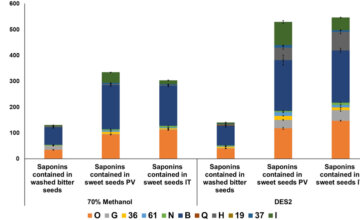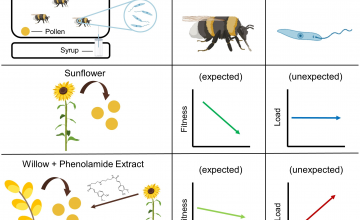New article in Molecules on the structure/activity relationship of saponins by Emmanuel Colson

In this paper, we are interested to Chenopodium quinoa seed, a staple food widely used around the world due to high nutritive values and the resistance of the crop to drought, cold and hard climate. However, the husk represents a waste that contains huge amounts of saponins that certainly deserve valorization.
In the present study, we quantitatively convert a complete set of bidesmosidic saponins into their monodesmosidic analogs using a fast and green approach based on microwave assisted hydrolysis in water. The influence of the topology on the membranolytic properties of the saponin molecules, say natural bidesmosidic vs generated monodesmosidic ones, is then monitored using the hemolytic activity assay. The cytotoxicity of the hydrolyzed saponins appears significantly increased in agreement with the associated structural modification. In silico investigations, using the IMPALA in silico procedure, further confirm that the monodesmosidic saponins interact more preferentially with bilayer phospholipids than bidesmosidic saponins, therefore, explaining the increased hemolytic activity experimentally detected.




